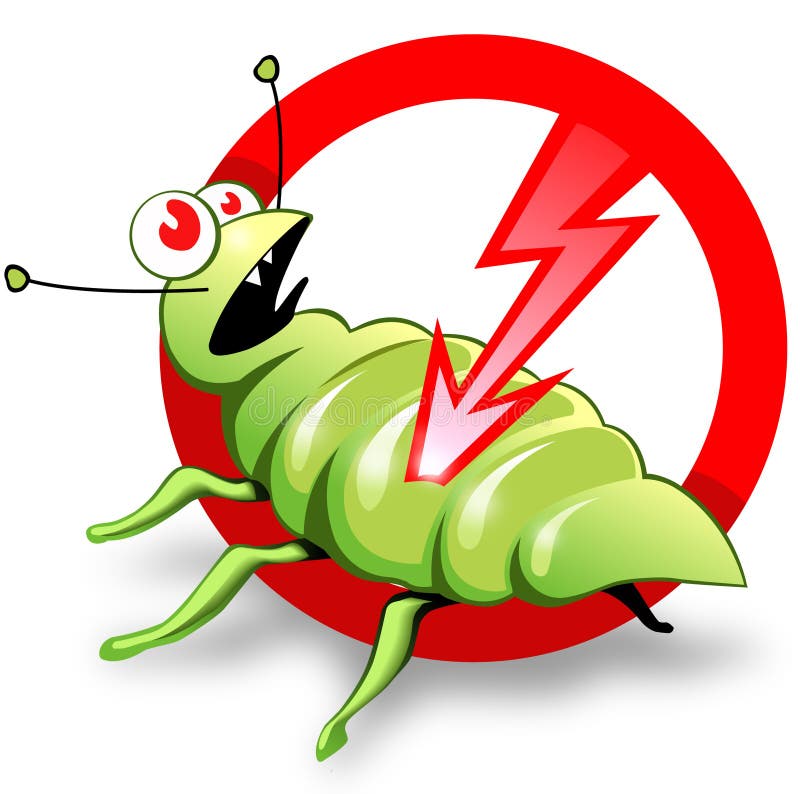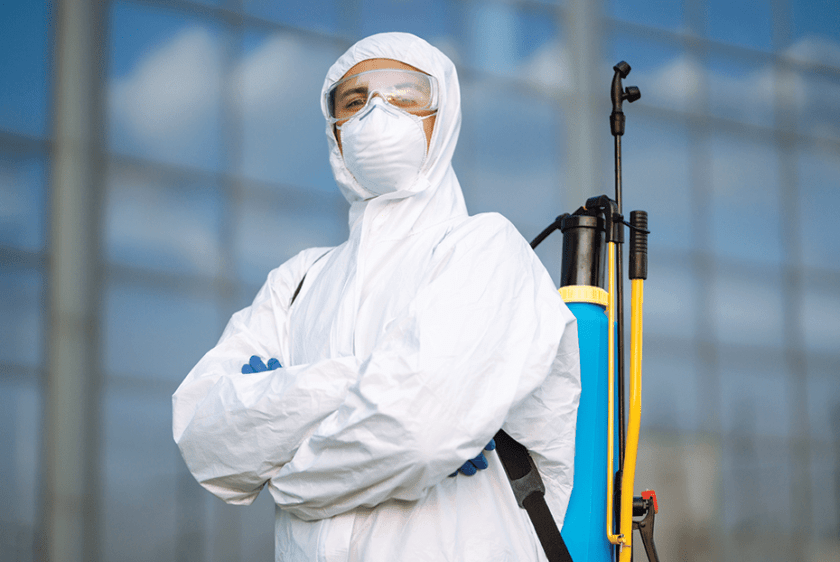Discovering Infestation and Therapy Approaches worldwide of Parasite Control
The landscape of pest control includes a myriad of challenges, specifically as invasions of common home pests continue to develop. By incorporating precautionary measures with innovative monitoring techniques, such as Integrated Bug Administration (IPM), property owners can better guard their settings.

Usual House Vermin
When it involves managing our living rooms, comprehending typical house bugs is crucial. These bugs not just disrupt our comfort yet can also pose health threats and damage home. One of the most widespread home insects consist of ants, roaches, rats, termites, and bed pests.
Ants, commonly seen foraging in kitchens, can pollute food and develop huge swarms. Cockroaches, understood for their strength, can trigger allergic reactions and spread pathogens. Rats, consisting of mice and rats, can create structural damages and bring conditions like hantavirus and salmonella. Termites, usually described as "silent destroyers," can jeopardize the integrity of wooden frameworks, bring about expensive repair services. Bed insects, although not condition service providers, can create considerable discomfort via their bites and result in psychological distress.
Acknowledging the signs of these parasites, such as droppings, nests, or attack marks, is vital for early treatment (Pest Control Lockhart). Correct sanitation practices, sealing access factors, and keeping a clutter-free setting work preventative actions. By identifying these common home parasites and understanding their behaviors, home owners can take aggressive actions to mitigate infestations, making certain a much healthier living atmosphere
Comprehending Pest Infestations
Parasite infestations can rise quickly, turning a minor inconvenience right into a significant issue if not addressed without delay. Usual aspects adding to invasions consist of inadequate cleanliness, architectural vulnerabilities, and seasonal changes that drive insects inside your home.
Recognizing the kind of bug is important, as various species exhibit different actions and reproductive rates. As an example, rodents might establish nests in concealed areas while bugs like roaches prosper in wet settings. Early discovery usually depends upon recognizing indicators such as droppings, gnaw marks, or unusual audios, which can show an issue before it comes to be serious.
Environmental problems additionally play a crucial function in bug spreading. Cozy, humid environments can facilitate the rapid development of pest populations, while modifications in landscaping or construction can inadvertently develop favorable settings. Normal examinations and preventative measures are vital to reducing the threat of infestations. An enlightened approach to recognizing these dynamics lays the foundation for efficient parasite administration strategies in the future.
Treatment Methods and Methods
Effective treatment methods and methods are important for reducing parasite problems and recovering a safe environment. A complex technique is commonly best, incorporating chemical, organic, and mechanical approaches customized to the certain parasite and the extent of the problem.
Chemical therapies include the use of pesticides and herbicides, which can properly remove bugs. Correct application and adherence to security standards are vital to minimize threats to humans and non-target organisms. Integrated Pest Management (IPM) urges the wise usage of chemicals as a last hope, counting instead on tracking and limit levels to determine treatment requirements.
Organic control techniques involve presenting natural killers or bloodsuckers to decrease bug populations. This approach is progressively prominent, specifically in farming setups, as it promotes environmental sustainability.
Mechanical techniques, such as catches and obstacles, supply immediate alleviation from parasites without presenting chemicals. Options include sticky traps for bugs or physical obstacles for rats.
Ultimately, the choice of treatment technique ought to take into consideration the specific bug, the setting, and potential influence on human health and ecological my response communities. A well balanced combination of these methods can effectively take care of invasions while promoting long-term parasite control remedies.
Precautionary Measures for Residence
Proactively addressing parasite issues prior to they escalate is important for maintaining a healthy and balanced home environment (Pest Control Lockhart). Implementing effective precautionary steps can substantially decrease the chance of infestations, inevitably safeguarding both your home and health

Correct landscaping additionally plays a vital duty in avoidance. Keeping bushes and trees trimmed away from your house reduces the possibilities of insects discovering their means indoors. Moreover, make certain that drainage systems are working effectively to avoid standing water, which can attract in mosquitoes additional resources and other insects.
Finally, routine inspections are a good idea. On a regular basis examining for signs of pest activity permits for early intervention. By adopting these preventive actions, house owners can create an environment that is much less hospitable to bugs, consequently boosting their total lifestyle and decreasing the need for substantial pest control treatments.
Commercial Parasite Control Techniques
A thorough technique to commercial pest control is important for businesses aiming to maintain a risk-free and sanitary environment. Reliable techniques include a combination of normal evaluations, employee training, and the execution of Integrated Bug Administration (IPM) methods.
Regular assessments make it possible for very early detection of pest task, enabling for timely intervention. Services need to create a regular schedule for these evaluations, concentrating on risky locations such as kitchens, storeroom, and garbage disposal sites. Staff member training is similarly essential; staff ought to be educated on the signs of pest invasions and the relevance of reporting them promptly.
Applying IPM methods assists minimize parasite problems sustainably. This includes environment alteration, such as securing access points and minimizing clutter, as well as employing natural deterrents prior to considering chemical treatments.

In addition, collaborating with a licensed bug control service provider guarantees accessibility to specialist understanding and sophisticated therapy alternatives. This collaboration can lead to tailored insect control intends customized to the specific requirements of business, decreasing dangers and enhancing total effectiveness. Eventually, a proactive and enlightened approach promotes a pest-free atmosphere, securing both public health and wellness and company online reputation.
Verdict
To conclude, effective parasite control requires a detailed understanding of common home insects and their habits, paired with targeted treatment approaches. Applying preventative measures along with treatment methods such as Integrated Insect Monitoring and organic control enhances the ability to reduce problems. Normal assessments and a combination visit our website of chemical and mechanical options additionally add to maintaining pest-free settings. Eventually, a well-shaped technique to pest monitoring is important for protecting living spaces from unwanted burglars.